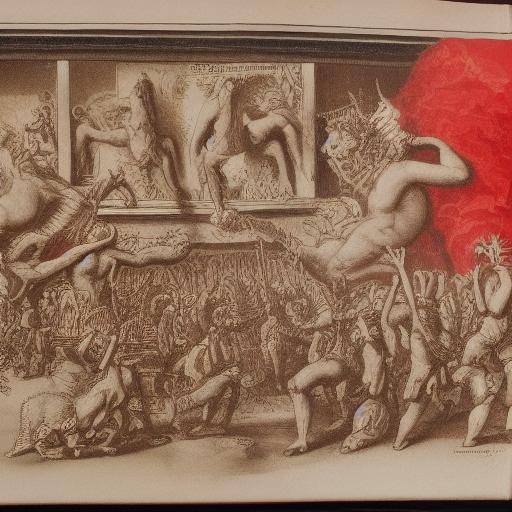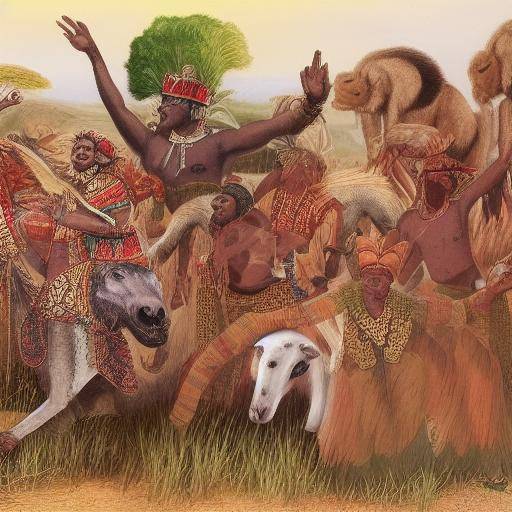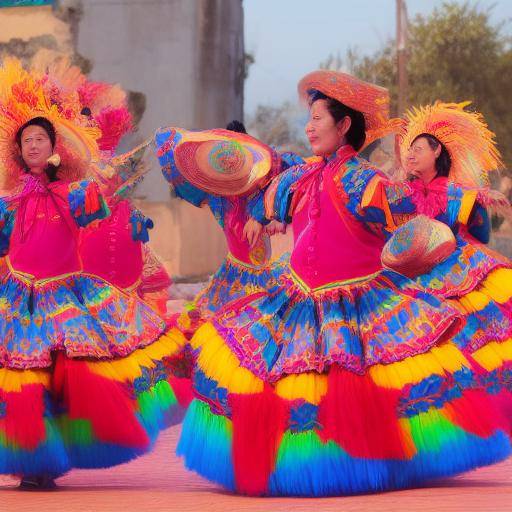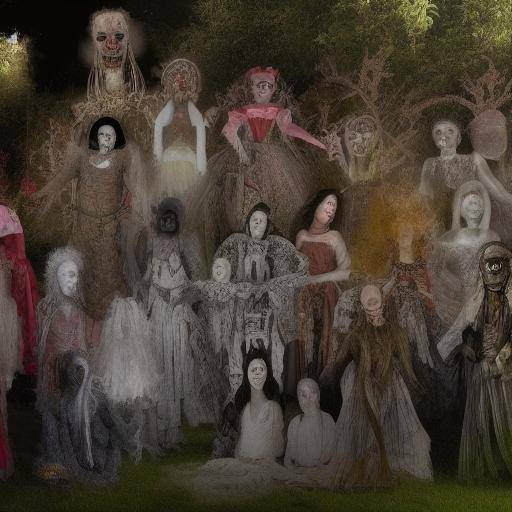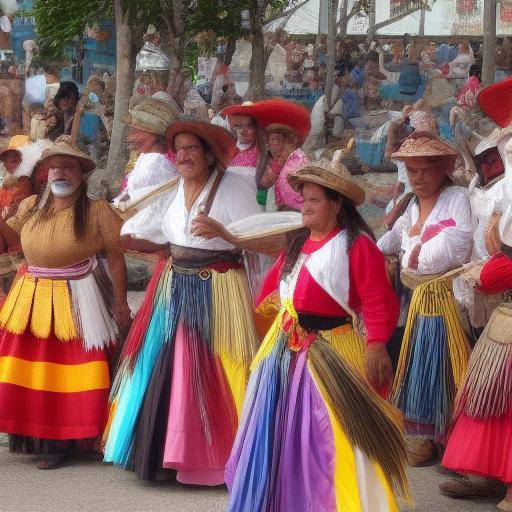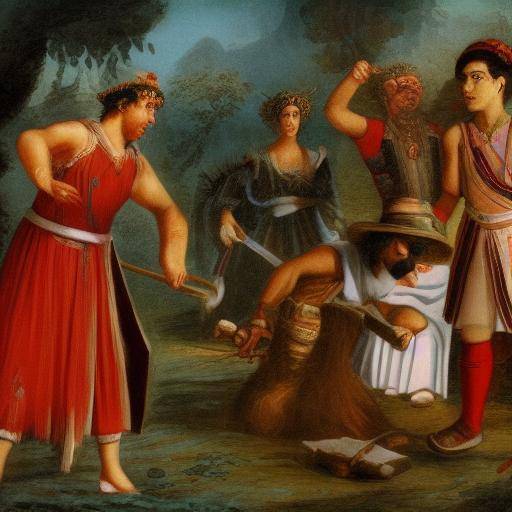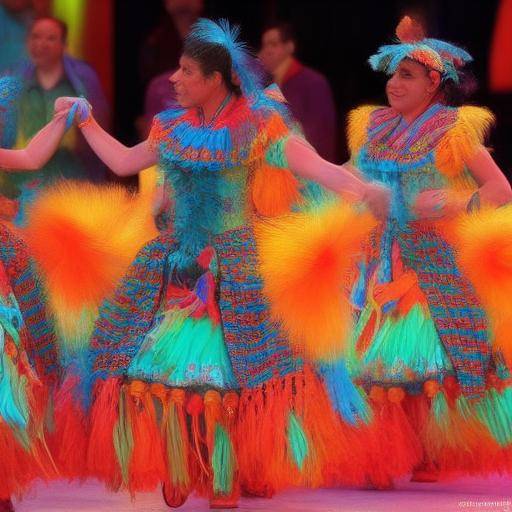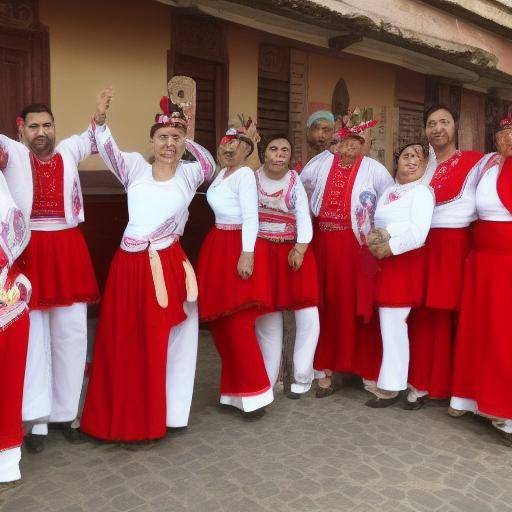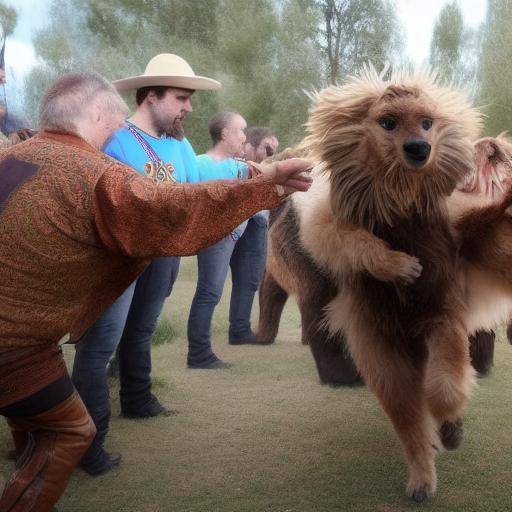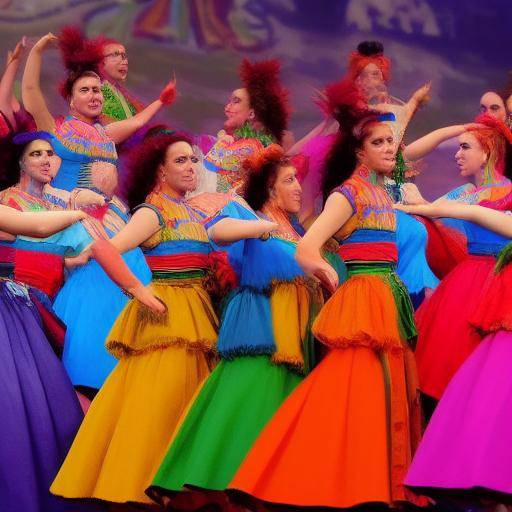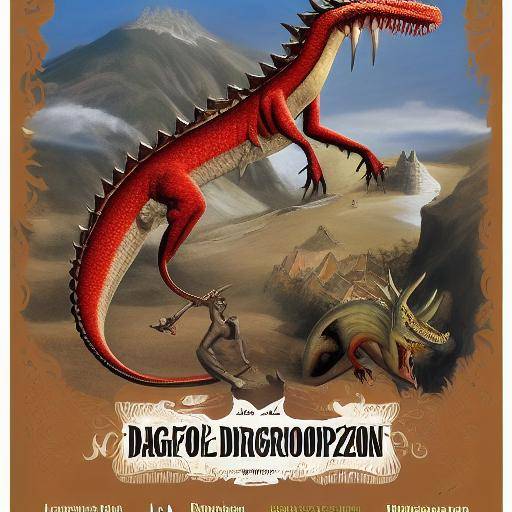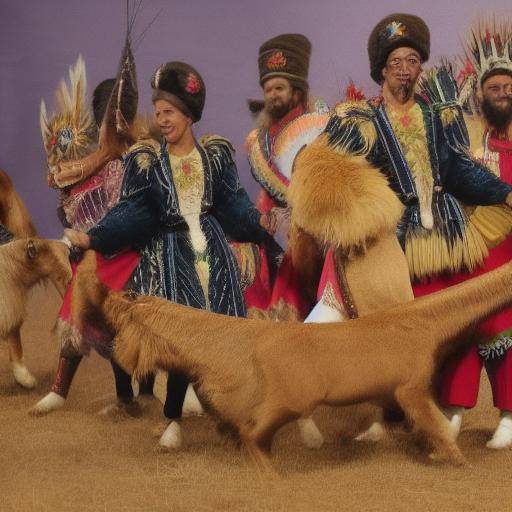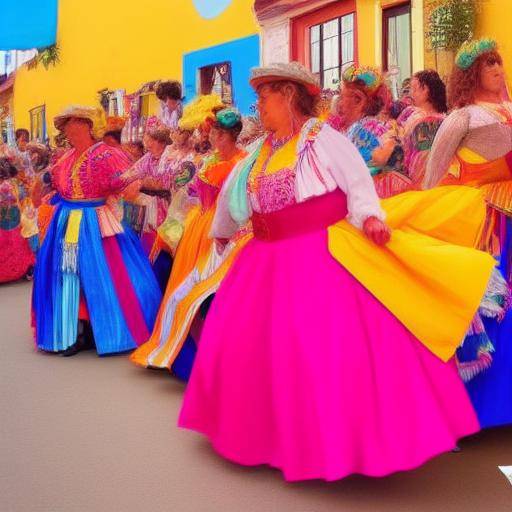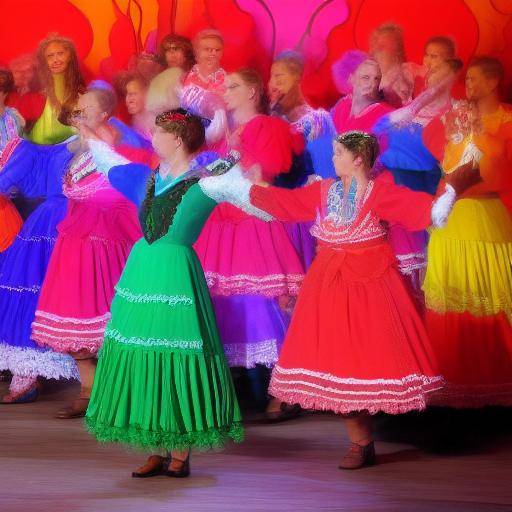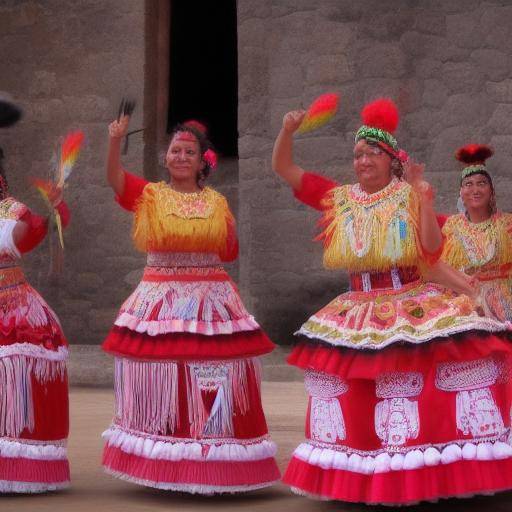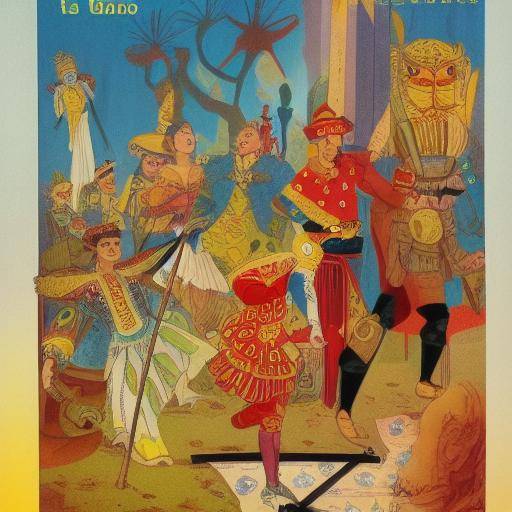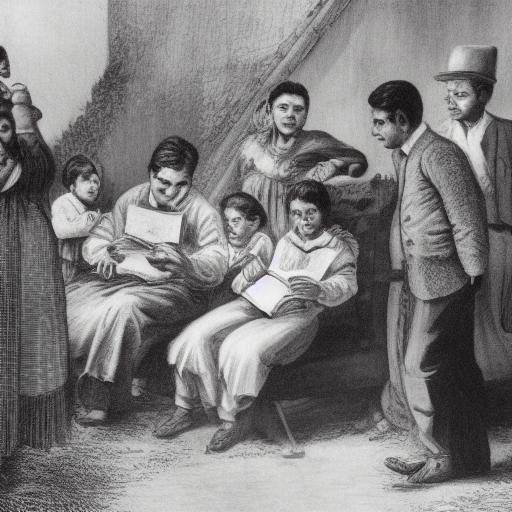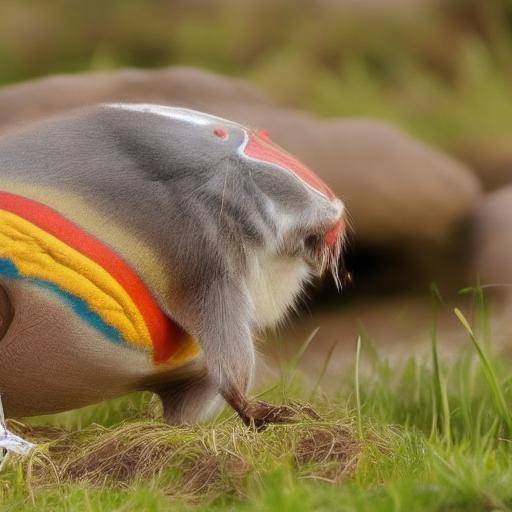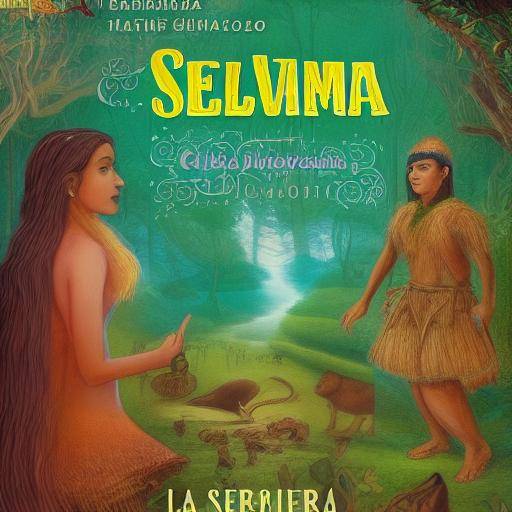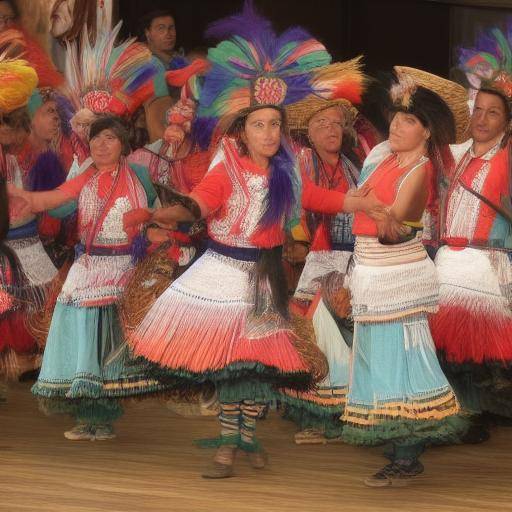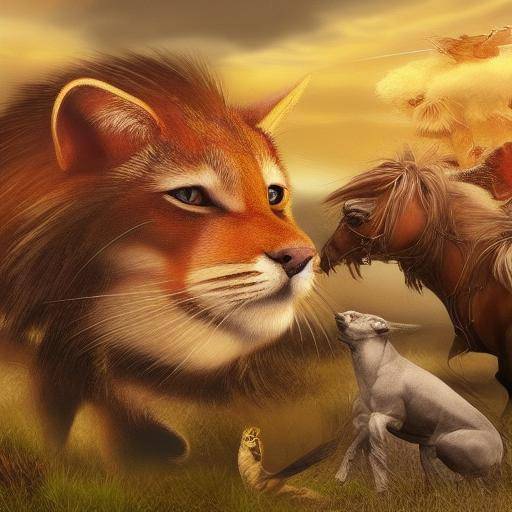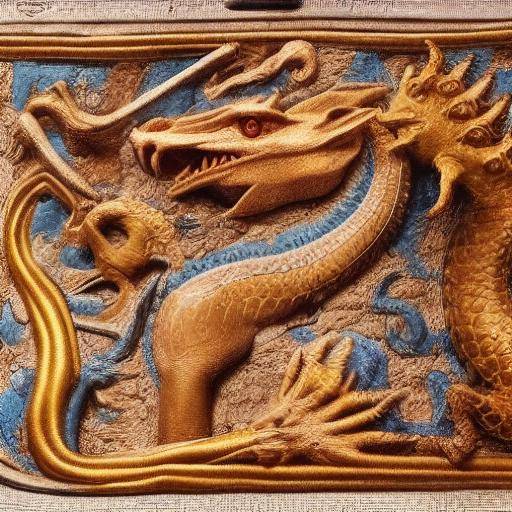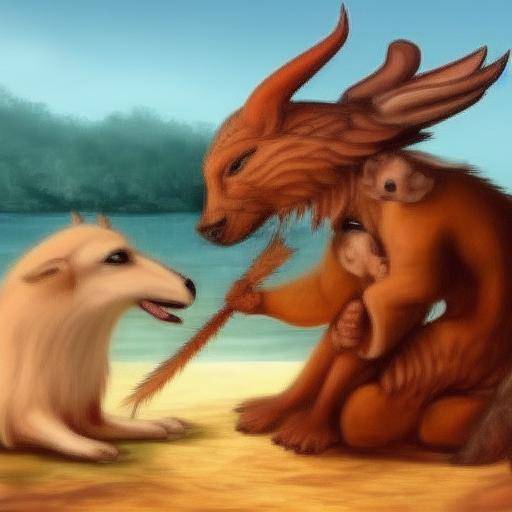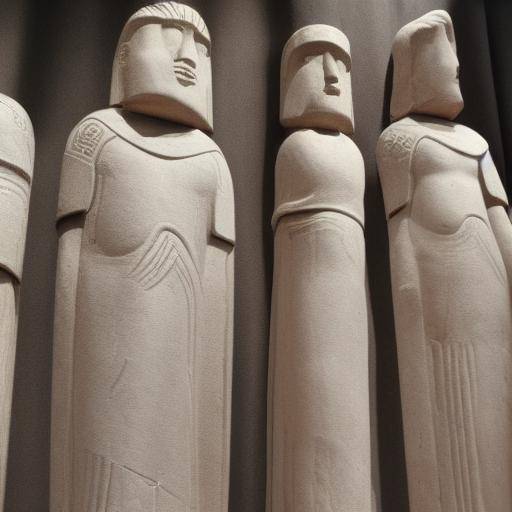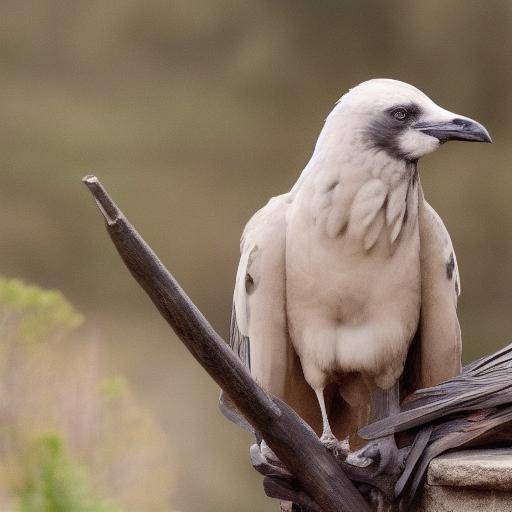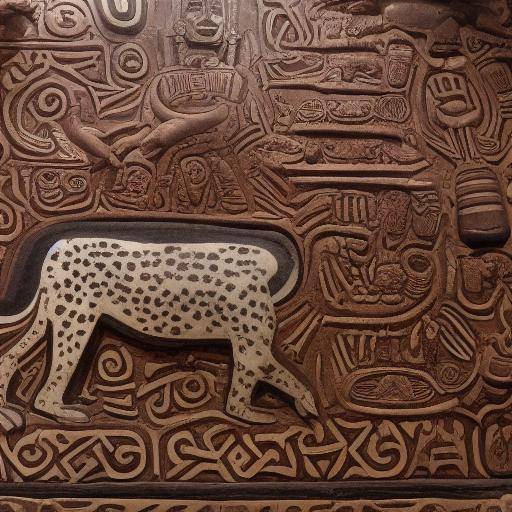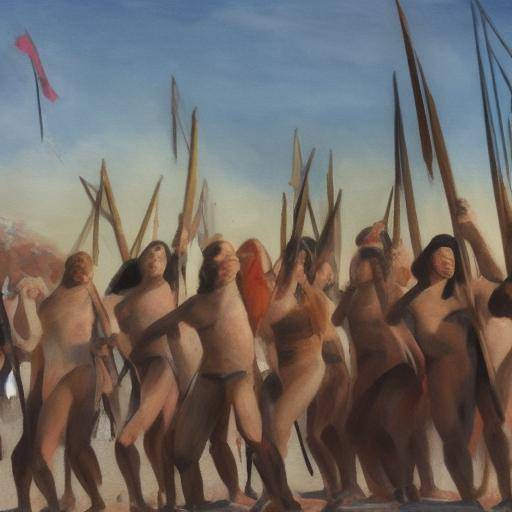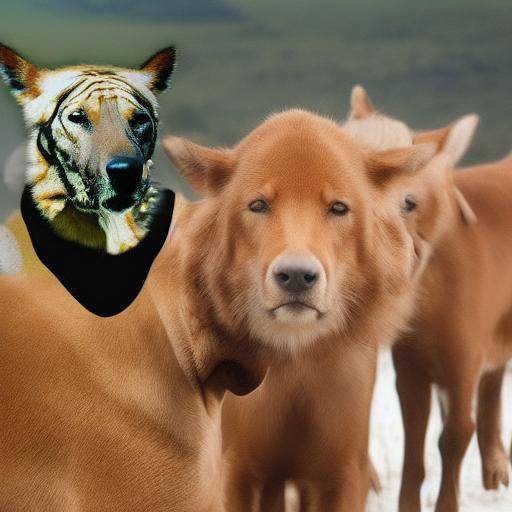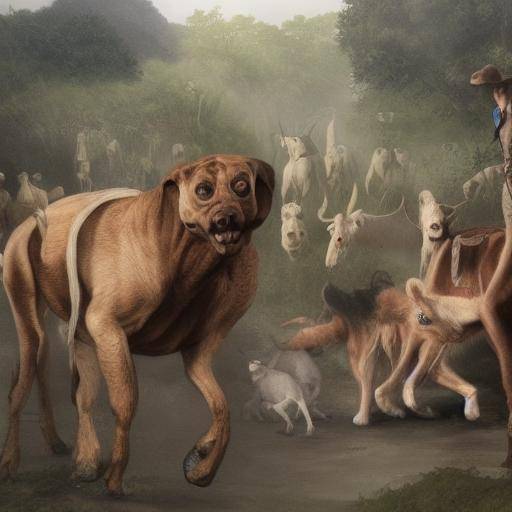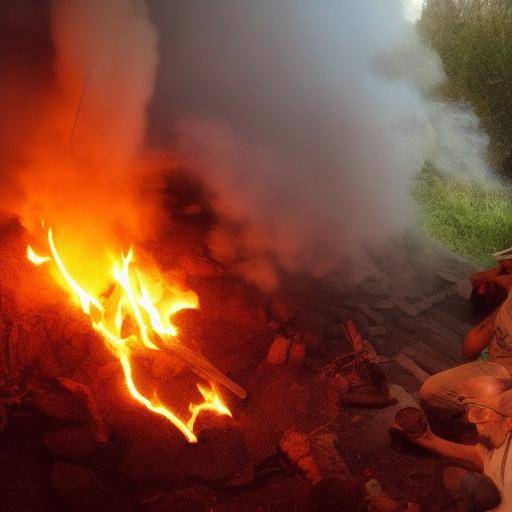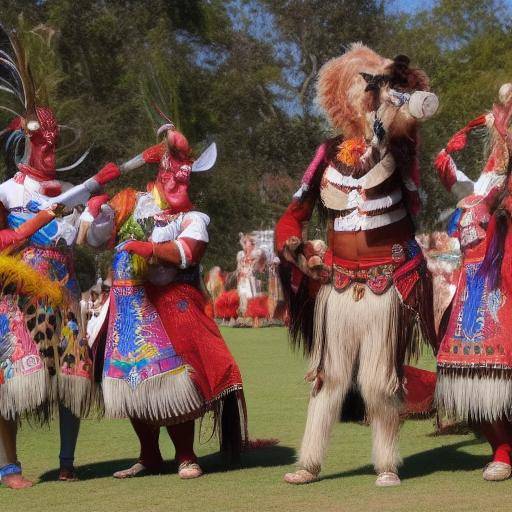
South American folklore is impregnated with rich traditions, myths and symbolisms that have endured over the centuries. One of the most fascinating aspects of these narratives is the role of sacred animals and their meaning in popular beliefs. From the majestic serpent to the mysterious puma, sacred animals have a deep symbolism in South American cultures. In this article, we will explore the connection between sacred animals, South American folklore and their symbolism, unraveling the mysteries and meanings that have endured over time.
Introduction
South American folklore is a treasure of ancestral traditions, full of narratives that have transcended generations and continue to shape the cultural identity of the region. One of the most enigmatic and symbolic aspects of this folklore is the role of sacred animals, creatures that occupy a prominent place in the beliefs and mythologies of the various South American cultures. In this article, we will immerse ourselves in the fascinating world of sacred animals, exploring their symbolism in the context of South American folklore. From the Andean worldview to the Amazon legends, we will discover the deep connection between these venerated beings and the rich cultural tradition of the South American continent.
History and Background
The symbolism of the sacred animals in the South American folklore has its roots in the ancient pre-Columbian civilizations, which attributed profound meanings to the fauna surrounding them. From the Inca Empire to the Amazonian cultures, each sacred animal represented unique qualities, powers and meanings. The appearance of these animals in legends, myths and ceremonies reflected the close relationship between nature and spirituality for these cultures.
In the Inca Empire, the condor was revered as a messenger of the gods and a symbol of heavenly power. His elegant flight was associated with divinity and connection with the spiritual world. On the other hand, in the Amazonian cultures, the anaconda was venerated as a primordial being that symbolized the life force of the Earth and the eternal cycle of life and death. These are just a few examples of the profound influence of the sacred animals in South American folklore throughout history, which lasts until today.
Analysis in Deep
The symbolism of the sacred animals in South American folklore transcends the temporal and geographical borders, influencing the worldview of the indigenous communities and the cultural identity of the region. The relationship between man and nature, personified through these animals, has been a constant in the South American folk narratives. As time progresses, this symbolism has been intertwined with the history and identity of the South American nations, shaping their art, spirituality and worldview.
The benefits of understanding the symbolism of sacred animals in the context of South American folklore are multiple. This understanding allows for a deeper appreciation of indigenous cultures, promoting the preservation and appreciation of their traditions in a constantly changing world. It also invites us to reflect on our relationship with nature, reminding us of the importance of living in harmony with the surrounding environment.
Comprehensive review
Exploring the symbolism of sacred animals in South American folklore gives us the opportunity to immerse ourselves in a universe of meanings, rituals and beliefs rooted in the history and cultural fabric of the region. This exploration allows us to understand how sacred animals have permeated all spheres of South American life, from ceremonial rituals to the social and political organization of communities.
Comparative analysis
By comparing the sacred animals present in South American folklore, we can observe similarities and differences that reveal cultural and cosmological patterns. For example, in both Andean and Amazonian cultures, jaguar is revealed as a prominent figure, associated with force, power and protection. However, while in the Andean region the jaguar is linked to the protection of crops and the success in hunting, in the Amazon it is associated with fertility, divinity and spiritual leadership. These differences show us the wealth and diversity of cultural interpretations within South American folklore.
Tips and Suggested Actions
As we enter into the symbolism of sacred animals in South American folklore, it is important to note that every culture has its own interpretations and meanings regarding these venerated beings. If we wish to truly understand and appreciate this symbolism, it is essential to approach primary sources and indigenous communities to obtain an authentic perspective. To consult books, documentaries and specialized studies on indigenous mythology can also enrich our understanding of this fascinating issue.
Ideas and Industry Reviews
Experts in anthropology, mythology and folklore have emphasized the importance of preserving and spreading narratives about sacred animals in the context of South American folklore. These stories are not only a manifestation of the rich legacy of indigenous communities, but also offer invaluable testimony about the relationship between human beings and nature. By understanding and evaluating these accounts, we can nurture our connection to the natural environment and promote respect for the cultures originating in South America.
Case Studies and Practical Applications
An outstanding example of the symbolism of the sacred animals in South American folklore is the Inti Raymi festival, an incaic celebration in honor of the Sun God. During this holiday, ceremonies are held that include the condor's participation, a sacred symbol for the incas. This festival shows how the symbolism of the sacred animals is still in force today, serving as a bridge between the past and the present, and preserving the spiritual and cultural heritage of pre-Columbian civilizations.
Future Trends and Predictions
As South American communities continue to fight for the preservation of their cultural traditions, the symbolism of sacred animals is likely to remain a fundamental pillar of their identity. Consciousness about the importance of these symbols and their significance in the indigenous worldview is increasing, suggesting a renewed interest in preserving and spreading this integral part of South American folklore.
Conclusion
The symbolism of sacred animals in South American folklore offers a window into a world of ancient meanings, sacred rituals and deep connections with nature. In exploring this theme, we not only broaden our knowledge of South American indigenous cultures, but also get into a deeper understanding of our relationship with the natural environment. As time progresses, it is essential to preserve and spread these narratives, honoring their legacy and recognizing their importance in the cultural fabric of South America.
Frequently asked questions
How do sacred animals influence the daily lives of South American communities?
Sacred animals occupy a central place in the daily lives of many indigenous communities in South America. From agricultural practices to ritual ceremonies, the presence of these animals in beliefs is grounded
What is the most commonly associated meaning with sacred animals in South American folklore?
The meaning associated with sacred animals in South American folklore varies according to culture and the region. However, some of the common attributes include power, protection, wisdom and connection to the spiritual world.
Why is it important to preserve the narratives about sacred animals in South American folklore?
Preserving narratives about sacred animals in South American folklore is fundamental to honoring the rich cultural heritage of indigenous communities, as well as to promote respect for nature and its symbolic manifestations. These narratives offer a deeper understanding of indigenous cosmovisions and their relationship with the natural environment.
What is the role of sacred animals in South American ceremonies and festivals?
Sacred animals play diverse roles in South American ceremonies and festivals, from acting as symbols of spiritual protection and guidance to being active participants in rituals that honor the connection between humanity and nature. Their presence in these celebrations highlights the cultural and spiritual importance they possess in the context of South American folklore.
How is knowledge about sacred animals transmitted in the South American indigenous communities?
Knowledge about sacred animals is transmitted from generation to generation through oral traditions, rituals, art and cultural practices. Indigenous communities preserve and share these knowledge, ensuring that the narratives on sacred animals continue to enrich their identity and worldview.
What impact does the symbolism of sacred animals have on the conservation of nature in South America?
The symbolism of sacred animals can have a significant impact on the conservation of nature in South America by fostering greater respect and care for the natural environment. Recognizing the sacred role of certain species, communities and society at large can adopt more sustainable practices that protect the flora and fauna of the region.
What is the role of sacred animals in contemporary South American cultural identity?
The sacred animals continue to play a relevant role in contemporary South American cultural identity by keeping ancestral traditions alive and nourishing a sense of connection with earth and spirituality. Their presence in various artistic and ceremonial expressions demonstrates their continued relevance in the cosmovision and identity of the South American communities.
In short, the symbolism of the sacred animals in South American folklore is a fascinating theme that reveals the cultural and spiritual richness of the indigenous communities of the region. By exploring this symbolism, we open a window to ancestral knowledge, the connection to nature and traditions that remain rooted in the South American identity.

